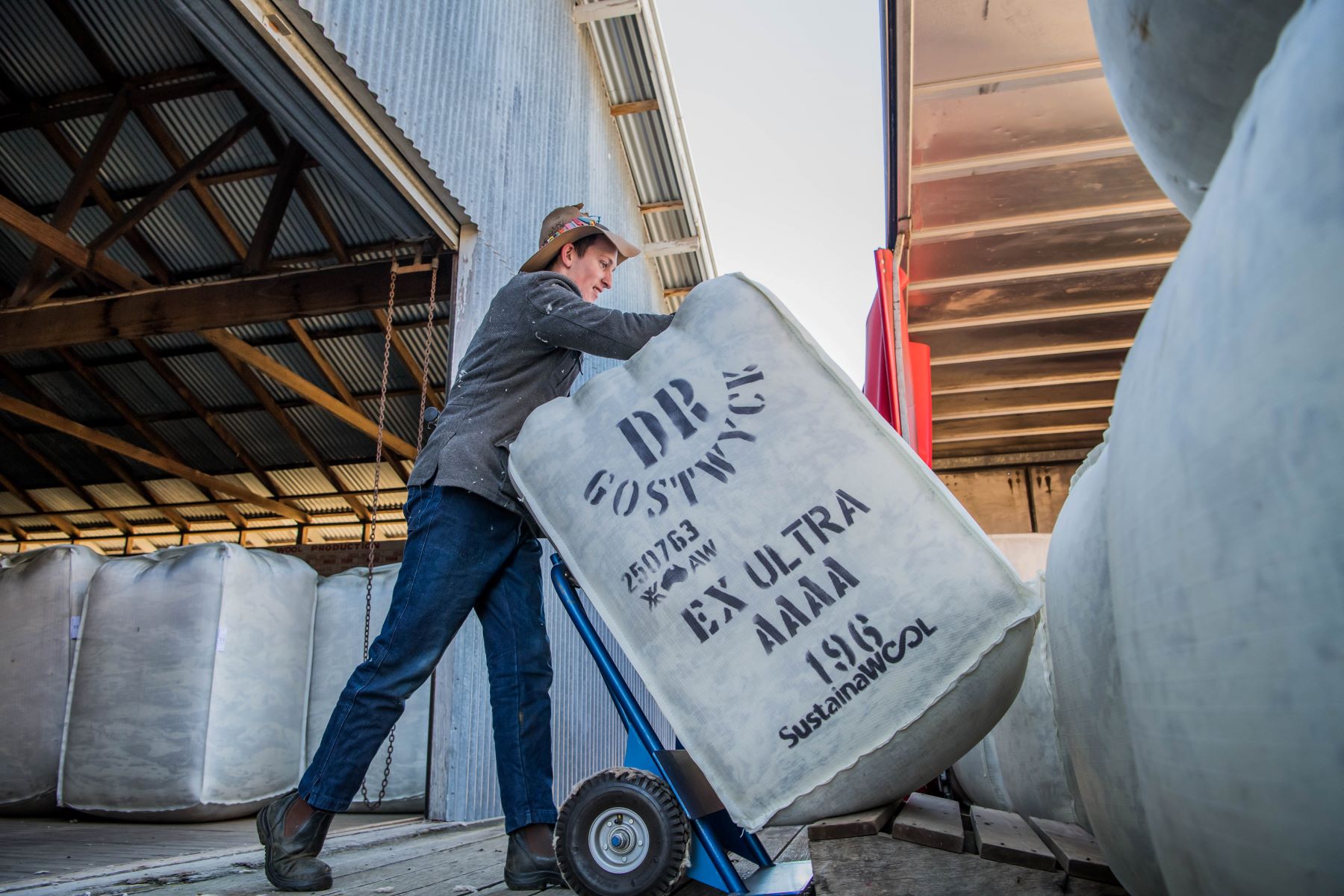The Australian Beef Market in 2025: An Absolute Cracker
In this column in July, the StoneX H2 2025 Australian Cattle & Beef Market Outlook’s bold calls were analysed and assessed for what the final 6...
1 min read
Emily Tan - MLA Market Information Analyst : Jul 14, 2025

While the sheepmeat market experiences record prices, the Australian wool market is less robust.
The Eastern Market Indicator (EMI) showed a slight 7% price lift, but it’s nowhere near 2019’s record high of $20/kg. Increased costs from shearing, crutching and labour are likely contributing.

Data analysis indicates a moderate correlation between sheepmeat prices and wool prices.
This means increasing lamb prices (Merino Lamb Indicator) will not necessarily lead to increasing wool prices (Eastern Market Indicator).
READ MORE: Producers plan flock reductions. Why?
When analysts examine the meat and wool price relationship, they assess each variable using a correlation coefficient.
A positive correlation coefficient (r-value) indicates an increase of one variable will see a similar increase in the other variable.
A negative r-value suggests an increase in one variable will see a decrease in the other variable.
Analysis of the EMI and the Merino Lamb Indicator show a moderate positive relationship – likely reflecting that sheepmeat is a by-product of wool production in Merino-based systems.
National Heavy Lamb Indicator reaches record high.
Wool saw a modest 7% increase in the Eastern Market Indicator amid rising production costs.
Data suggests increasing lamb prices will not necessarily lead to increasing wool prices.
.jpg)
In this column in July, the StoneX H2 2025 Australian Cattle & Beef Market Outlook’s bold calls were analysed and assessed for what the final 6...
.png)
Each December we save the last article of the year for a bit of a crystal ball gaze, as we try to bring together market fundamentals and work out...
.png)
Australia’s wool market posted another strong performance this week, with all micron categories attracting solid support across the three selling...